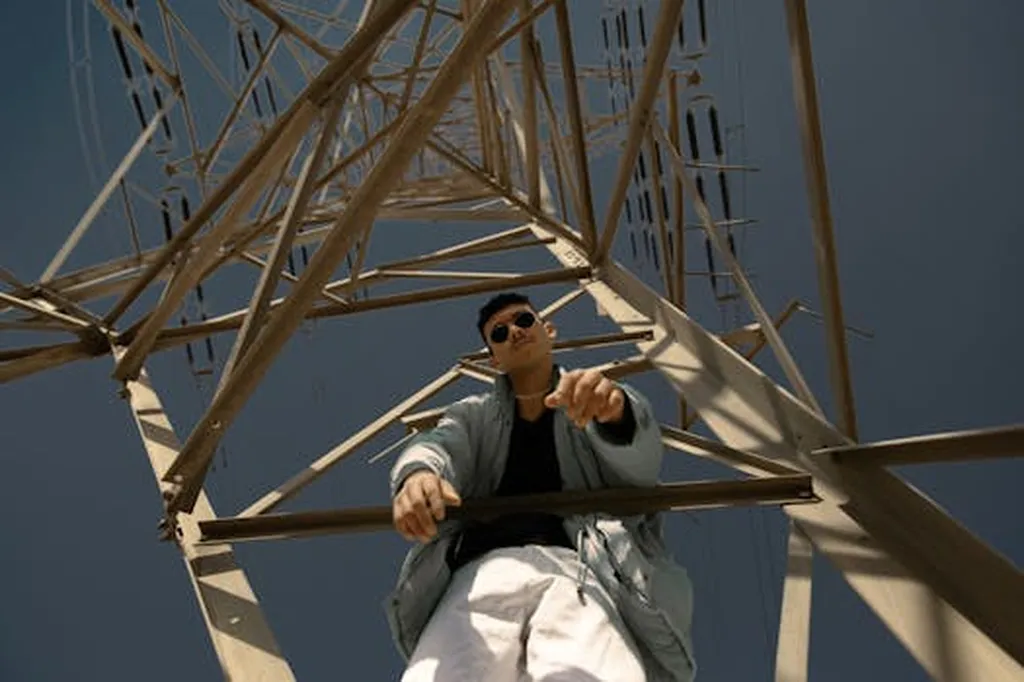In the intricate web of modern infrastructure, from power grids to cyber-physical systems, the specter of cascading failures looms large. A recent study published in the journal *Network* and led by Waseem Al Aqqad from the Electrical and Computer Engineering Department at West Virginia University Institute of Technology sheds new light on the delicate balance between robustness and resiliency in these complex networks. The research introduces a dynamic framework that could revolutionize how we design and manage critical infrastructure, particularly in the energy sector.
Cascading failures, where the failure of one component triggers the collapse of others, have long been a thorn in the side of network operators. Traditional approaches to mitigating these failures have focused on making networks more robust—essentially, harder to break. However, Al Aqqad’s research reveals that robustness alone isn’t enough to ensure quick recovery. “We found that structural hardening alone cannot guarantee fast recovery,” Al Aqqad explains. “Resource-aware, early-triggered self-healing is the decisive factor.”
The study introduces a novel model where connectivity-based cascades and distributed self-healing processes act concurrently. This dynamic framework allows for a more nuanced understanding of how networks respond to failures and recover from them. By sweeping through various parameters, including the threshold for node failure and the triggers for self-healing, the researchers were able to quantify the trade-offs between immediate robustness and long-term resiliency.
One of the most striking findings was the non-monotonic correlation between robustness and recovery time. “High-robustness states recover quickly only when the budget and trigger for self-healing are favorable,” Al Aqqad notes. “Conversely, low-robustness states can rebound rapidly under ample budgets.” This counterintuitive result underscores the importance of a holistic approach to network design and management.
The implications for the energy sector are profound. Power grids, with their complex interdependencies and critical role in modern society, are particularly vulnerable to cascading failures. By adopting the dynamic framework proposed in this study, energy providers could design networks that are not only more robust but also more resilient in the face of disruptions. This could translate into significant cost savings and improved reliability for consumers.
Moreover, the study’s findings could have broader implications for cybersecurity and other critical infrastructure sectors. As our world becomes increasingly interconnected, the need for resilient networks will only grow. By understanding the intricate dance between robustness and resiliency, we can build infrastructure that is better equipped to weather the storms of the 21st century.
In the end, Al Aqqad’s research serves as a reminder that in the complex world of network design, there are no silver bullets. “It’s about finding the right balance,” he says. “And that balance is likely to be different for every network.” As we continue to grapple with the challenges of cascading failures, this study provides a valuable roadmap for navigating the complex landscape of network resilience.

